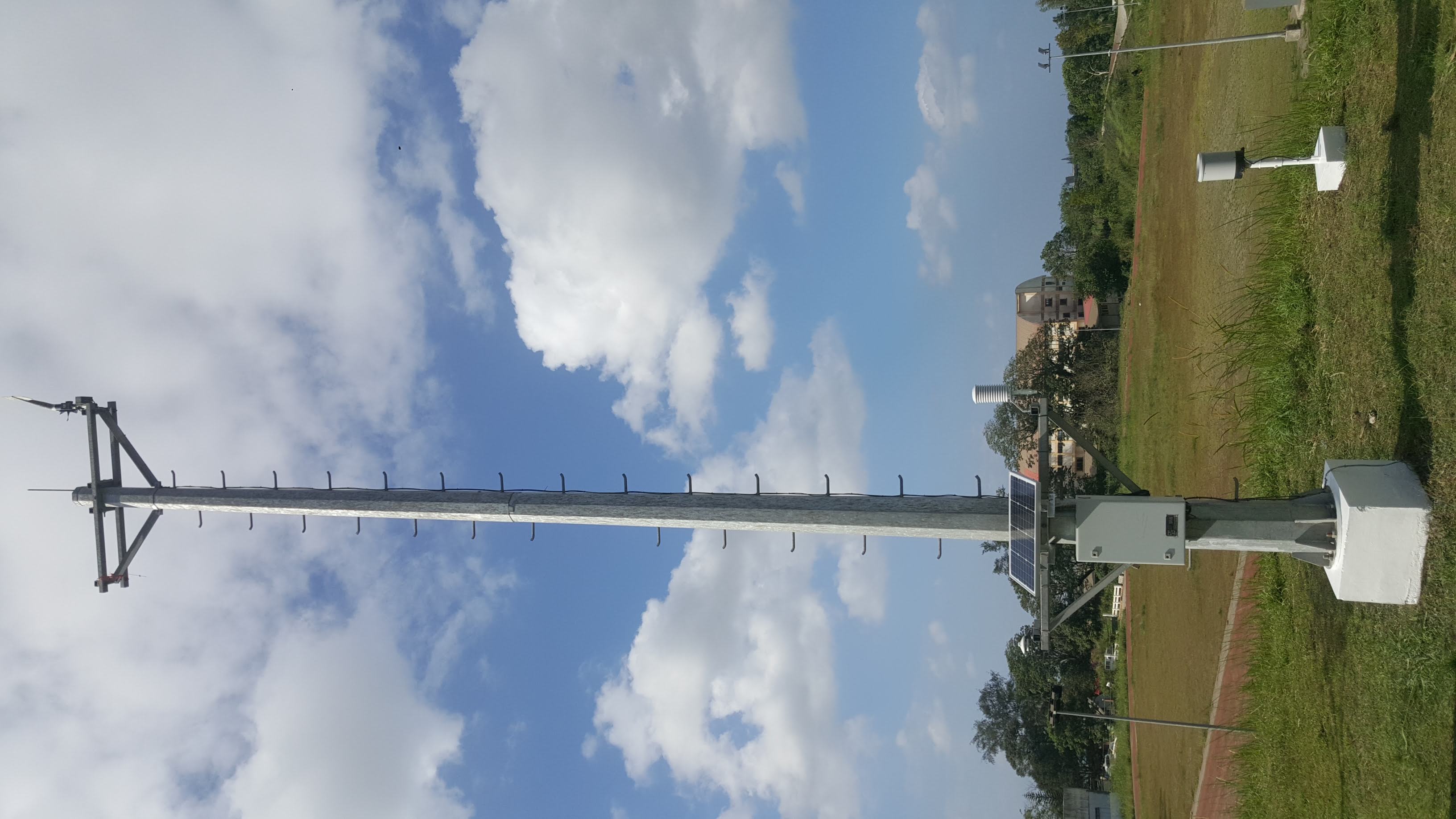

Department of Science and Technology
Philippine Atmospheric, Geophysical and
Astronomical Services Administration
Astronomical Services Administration
Philippine Standard Time
01:35:53 PM
8 August 2025




These automated stations have built in weather instruments with electronic sensors for measuring surface level air temperature pressure, solar radiation, rainfall amount, wind speed SMS; the stations have integrated data banks for storage of recorder data for later retrieval.


Automatic Rain Gauges observe rainfall amount every 10 minutes and automatically send the data to a collection server at PAGASA in Quezon City.


The AWOS helps pilots and aviation personnel make critical decisions by providing continuous, real time information and reports on airport weather conditions.


A weather surveillance radar (WSR) is useful in locating precipitation and estimate its intensity and in determining the center of tropical cyclones. In addition to this capability, state- of- the-art Doppler radars are capable of estimating radial velocity which can be used to determine the wind strength of tropical cyclones as well as to analyse its structure.


Upper air observations are essential inputs in numerical weather prediction models since they provide a vertical profile of the atmosphere. Direct in-site measurements of air temperature, humidity and pressure with height are measured with balloon-borne instrument platform with radio transmitting capabilities called radiosonde, typically to altitudes of approximately 30 km. These data are crucial in the forecast for severe weather and for aviation route forecasts. The upper-air measurements are transmitted to a ground receiving station.